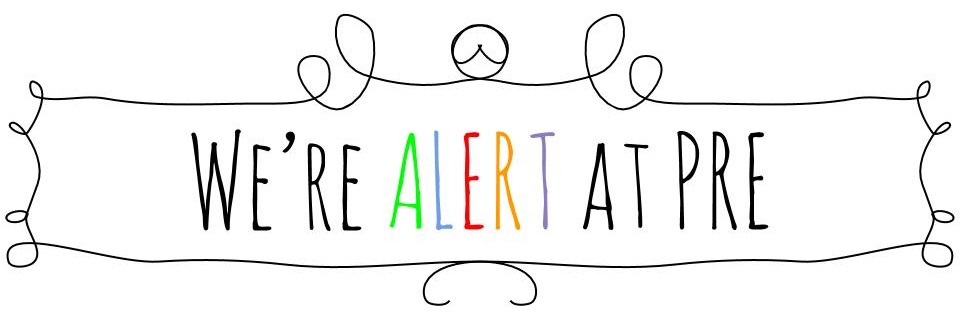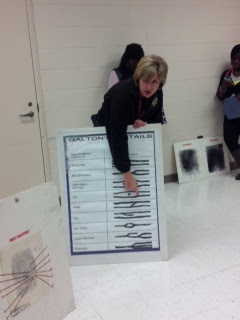It's great to be back for our second week! This week we explored our creative side by discussing and demonstrating the four keys to creative thinking. We began by taking a simple figure, looking at it from various perspectives (
flexible thinking), brainstorming what it could become (
fluency of ideas), choosing the idea like no one else's (
originality), and filling in the details of our picture (
elaboration)! Our lesson was themed around our mascots of creativity the NERDS candies which the students got to enjoy while they worked. These creative pieces became the covers of our ALERT binders reminding us to "think outside the box"!
Our other main focus for the day was looking into Art Costa's Habits of Mind. We discussed these strategies of successful people and discussed ways we do and will use them this year inside and outside our classroom. Student team completed in a pre and post lesson matching game where every pair came out on top improving their understanding of the ideas.
Other happenings were the creating of a class fingerprint archive just in case we need it for future suspects in future tomfoolery, putting the finishing touches on our writer's notebooks, and getting started on our learner profiles at
RenzulliLearning.com.
I hope your student enjoyed today. I did!



















































